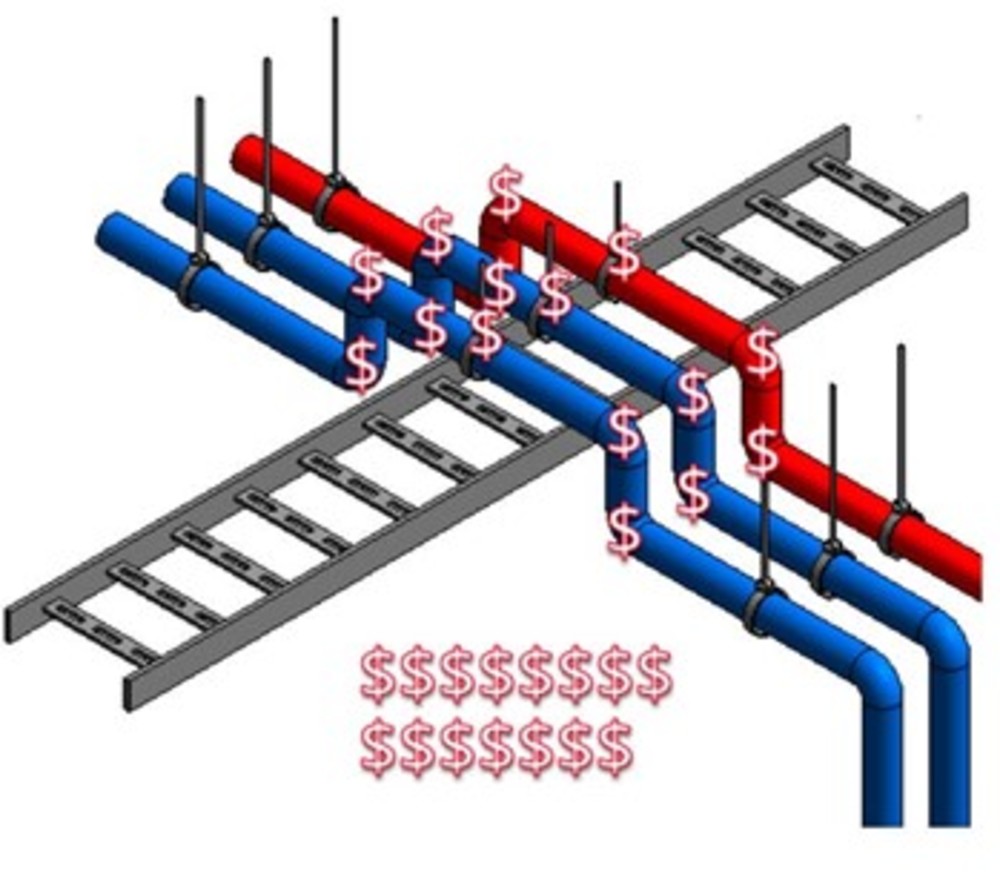In this blog series you will find out how the various players in the Construction Industry
can fully embrace the BIM culture and get more projects with fewer people
Key Challenges faced by Architects & Engineers
No demand from Clients
The costs of using BIM on small projects are often cited as a barrier by those unfamiliar with the process.
Driving Vision can save you money on all projects, small or large.
Minimise setup, training, and implementation costs

Driving Vision has developed a methodology to implement a bespoke BIM solution to respond to the specific needs of their clients. We aim at providing recommended actions or choices and giving directions to the effective implementation of BIM. The steps are as follow
Audit

- Gather information on your current situation
- Work out an ideal situation
- Make a Gap Analysis & Assess the situation
- Make recommendations
Goals setting

- Determine what are your BIM implementation objectives
- Select a pilot project
- Establish a communication plan for the changes required by the pilot team, and a communication plan for the rest of the team informing them on how the changes will impact them, the why, the when, the what, the whom, and the how.
Implementation

- Complete an initial BIM training needs’ analysis and then establish a plan to maintain your BIM competencies with continuing education
- Integrate BIM into your processes & establish policies & procedures for measuring process improvement
- Establish effective data transfer (interoperability) among automated systems & business lines and automate hand over processes
- Use BIM products on a transparent & seamless way
- Leverage BIM for, efficient design, improved quality, sustainability, reduction in costs & time of constructed facilities
Make an intelligent investment in people and technologies
Make the best investment in people

Ask yourself the following questions
- Are all the members of the project team a cultural fit?
*Do they bring something new to the table?
- Do they take something off your plate so that you can focus on more important things?
- Are they self-starters or do they need a lot of direction?
- Do they have the right skills?
- Do they have the right tools to perform their tasks and communicate?
Technology is varied and changing rapidly

Software companies claim to have the latest and greatest product, or you see new offers from a current vendor, but how do you know that they are the best tools for your firm?
Taking the time to understand what you are trying to achieve with software and how they will be integrated and systemised should help you yield positive results.
Consider the following questions:
- Are you trying to make your firm more efficient?
- Are your clients expecting 3D visualisations?
- Will new software enhance your workflow and be compatible with the other programmes you are using?
- Does your current software help you meet your firm’s vision and goals?
Data Management is too complex

It Is difficult to keep up with technology evolvement. It could be daunting for all large and small firms. An external partner can help you to discover:
- How to assign responsibility for producing, managing, and securing the data.
- How to find the right technologies and keep up with their fast development.
Manage and secure your data at an affordable cost.

Design is a 'team sport' with a multitude of different disciplines coming together (at various stages) to work on the delivery of a project. Ever closer collaboration is key to realising the benefits of a BIM approach and therefore how the information will be delivered across the project lifecycle needs to be carefully considered from the outset.
The Driving Vision tools kit allows you to:
- Exchange information on a BIM project. For information to be successfully exchanged it is necessary for all contributors to understand what they need to provide (and what others will be providing too) and how this information will be both presented and used. Driving Vision automated templates allow you at the beginning of a project to decide with the teams how the information is exchanged
- Help with its BIM Execution Planning tool, for each project, to define the required information, in an agreed format in Open BIM, to be delivered to the client at key points during the project lifecycle. At these information delivery points, data can be analysed and decisions can be considered based on the information available to multiple stakeholders. This information ensures that projects are properly validated and controlled as they develop.
- Build information as a BIM project progresses providing the right level of details, at the right time, to the right people.
- Set out how the information is delivered, across the project lifecycle needs, from the outset of the project.
- Allow the supply chain to exchange their own information as frequently as they wish even if not exchanged with the employer.
Make educated investment when you need it to always have a competitive edge

How do you know what is right for your practice? Technology is very varied and expensive.
Why don't you take the Technology appraisal diagnostic look at the best way to insert new technology in your workflows and how to move your organisation to cloud computing so you can open up new possibilities for your daily planning tasks and make sure your data never leaves the optimally secured data centre.
The technology appraisal report will help you to explore what investment is required to improve your projects’ productivity and collaboration as well as the ROI you can expect on your investment.
How Can BIM Benefits Architects & Engineers?
- Efficient collaboration between architects, structural, mechanical, and specialist engineers, and contractors.
- Communication with the client through 3D visuals.
- Design control and reduced design errors.
- Better documentation and cost control
- Reduced errors and omissions in the construction phase
- Reduced project design and construction duration
- Project delivery on time and on budget
These benefits are available to all types of architects and engineers on almost all types of projects. Driving Vision research demonstrates that in general, practices have embraced BIM as a tool but are not fully aware of the BIM requirements in the delivery process, the selection of service providers, and the approach to projects necessary to fully realise BIM’s benefits.
In Conclusion
- BIM is a way of working together it gives you the ability to scope, plan, design, track, view, construct, and maintain your projects in an environmentally friendly way.
- All stakeholders in a project can access a huge volume of data simultaneously, creating a complete digital description of a building project in a single, always updated file. The model is built up using a library of standard objects.
- The use of automation in BIM gives you time to consider the sustainability of the project. It enables designers and planners to create more cost and schedule scenarios in a fraction of the time, allowing them to think more creatively about new sustainability solutions.
- BIM moves documentation and designs out of a ring binder into a digital space, making collaboration, visualisation, and decision making transparent and timely, through automated and integrated processes.
- To get the most out of BIM you have to invest in employee training. At Driving Vision, we understand that getting the most out of your BIM tools is not easy but with the right training, you can enjoy a 24% higher profit margin versus companies who don’t invest in people training.
Implementing BIM can be daunting, but Driving Vision is here to help you at the pace you are comfortable with. Get started by getting in touch now










